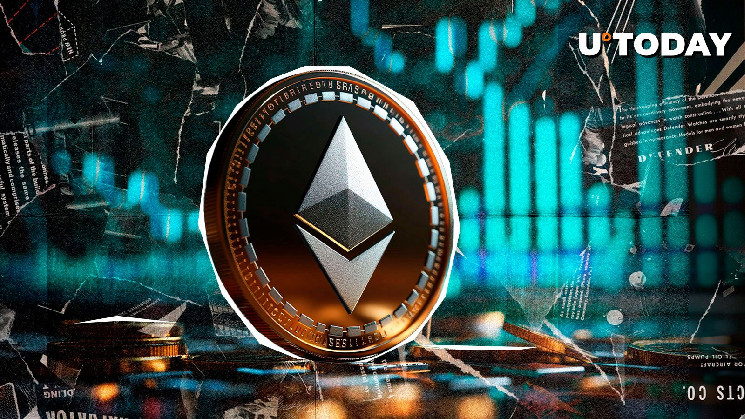
In 2025, the Ethereum (ETH) L2s ecosystem might finally solve all issues of cross-network interoperability and siloed liquidity. As explained by Ethereum (ETH) enthusiast who goes by @FigoETH, ERC-7683 \"Cross Chain Intents\" will be a game-changer.
ERC-7683 makes Ethereum borderless, introduces Intents and Fillers
The introduction of ERC-7683, the newest cross-chain standard for the Ethereum (ETH) ecosystem, is set to make L2s user experience 10x better. This, in turn, will make Ethereum\'s L2s more attractive for new generations of developers, @FigoETH says on X.
2025 will be the year Ethereums L2s will become unified and interoperable beyond Superchain and other solutions.
How? ERC 7683 will make the magic happen. No hardfork needed.
Critical ecosystem players like Optimism, Arbitrum, Unichain, Polygon, Taiko and many more already…
— f1go.eth (@FigoETH) December 26, 2024
ERC-7683 will make Ethereum\'s L2s finally interoperable, including existing Polygon, Optimism, Arbitrum and all upcoming ones. Blockchain users will be able to move Arbitrum\'s NFTs to Optimism and swap tokens from Polygon to Base.
With ERC-7683 implemented, users will be able to create \"filler networks,\" interoperability spaces designed to standardize the expression of Intents — such as token swaps, NFT transfers and governance votes — across EVM chains.
Organizers of filler networks will compete to fulfill cross-chain Intents with optimized efficiency and minimized costs. These unified filler networks will facilitate interoperability, removing the burden from developers and abstracting away the complexities of cross-chain transactions from user experiences.
ERC-7683 will therefore create a unified framework for cross-blockchain interactions on EVM since all operations will be routinized.
Toward cross-chain apps and unified governance
As covered by a detailed explainer post, ERC-7683 will allow decentralized applications to streamline governance across multiple chains.
For example, a DAO could easily manage governance proposals across various Layer Two networks and sidechains, giving their community broader access to voting processes in a resource-optimized manner.
ERC-7683 empowers dApps to leverage different chains for specialized functions. This paves the path for DeFi apps that manage transactions on Optimism (OP) for speed while securing assets on Ethereum (ETH) for its maximum security, seamlessly bridging both networks without any extra steps.
The concept was introduced by Mark Toda, Matt Rice and Nick Pai in November 2024, as per Ethereum\'s official EIP portal.
